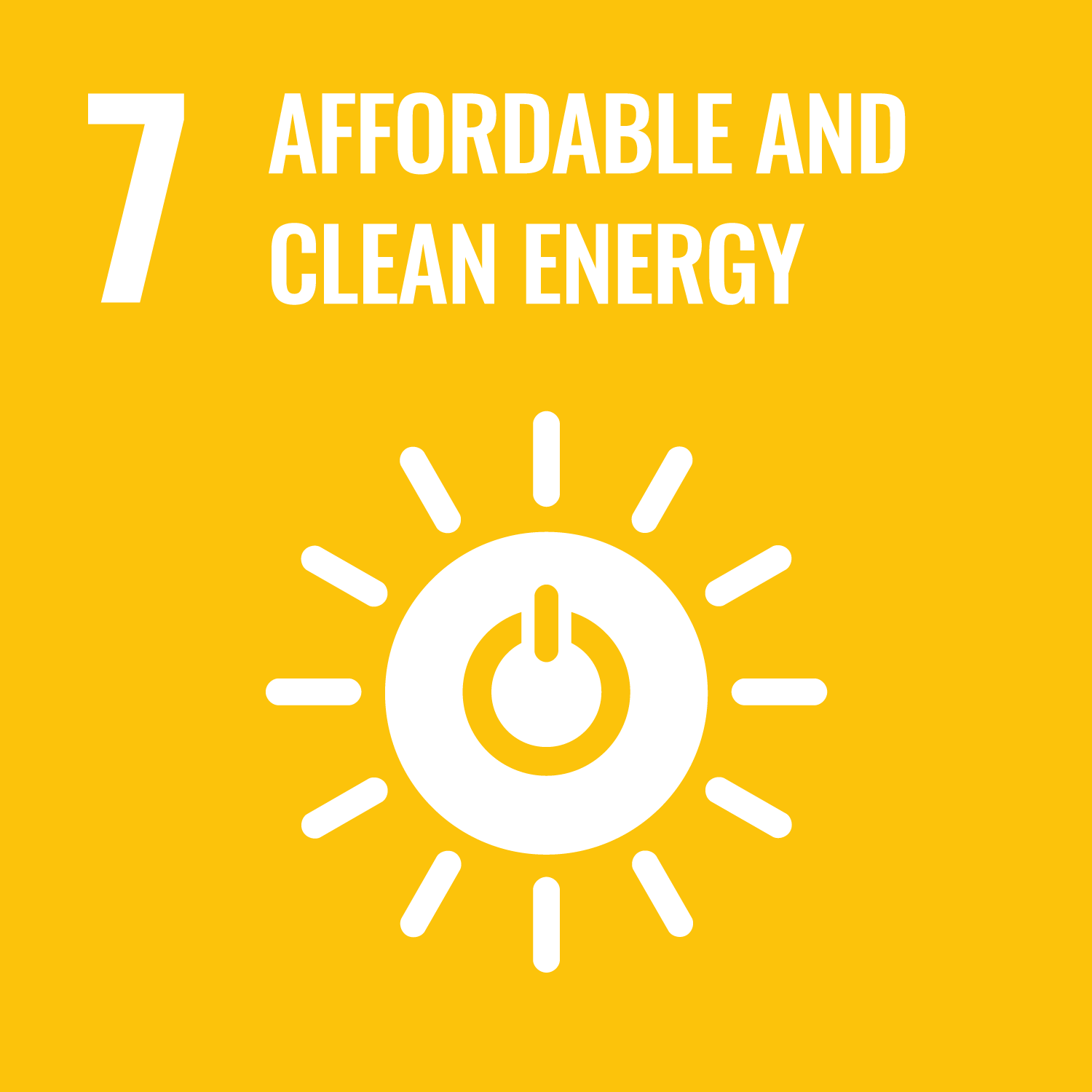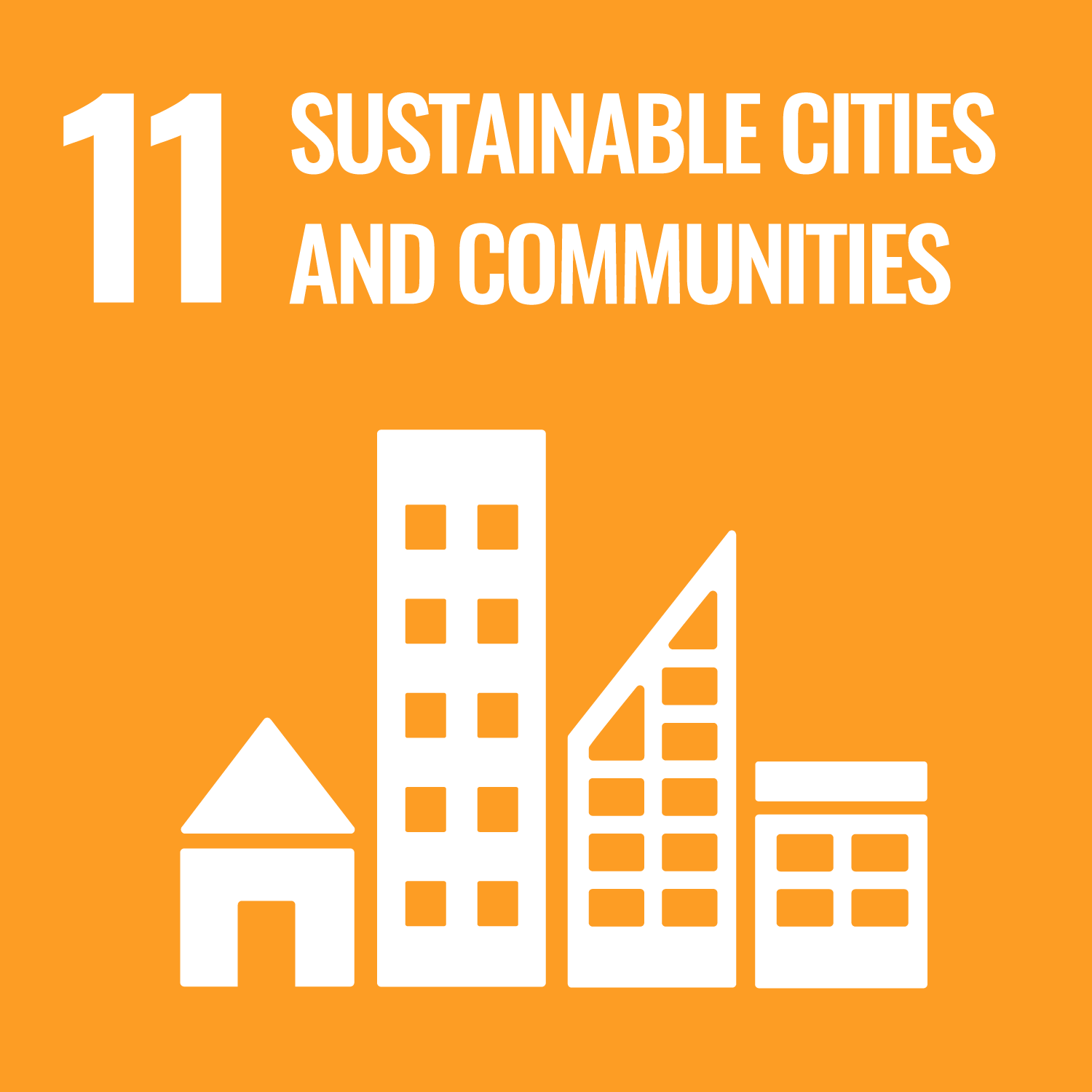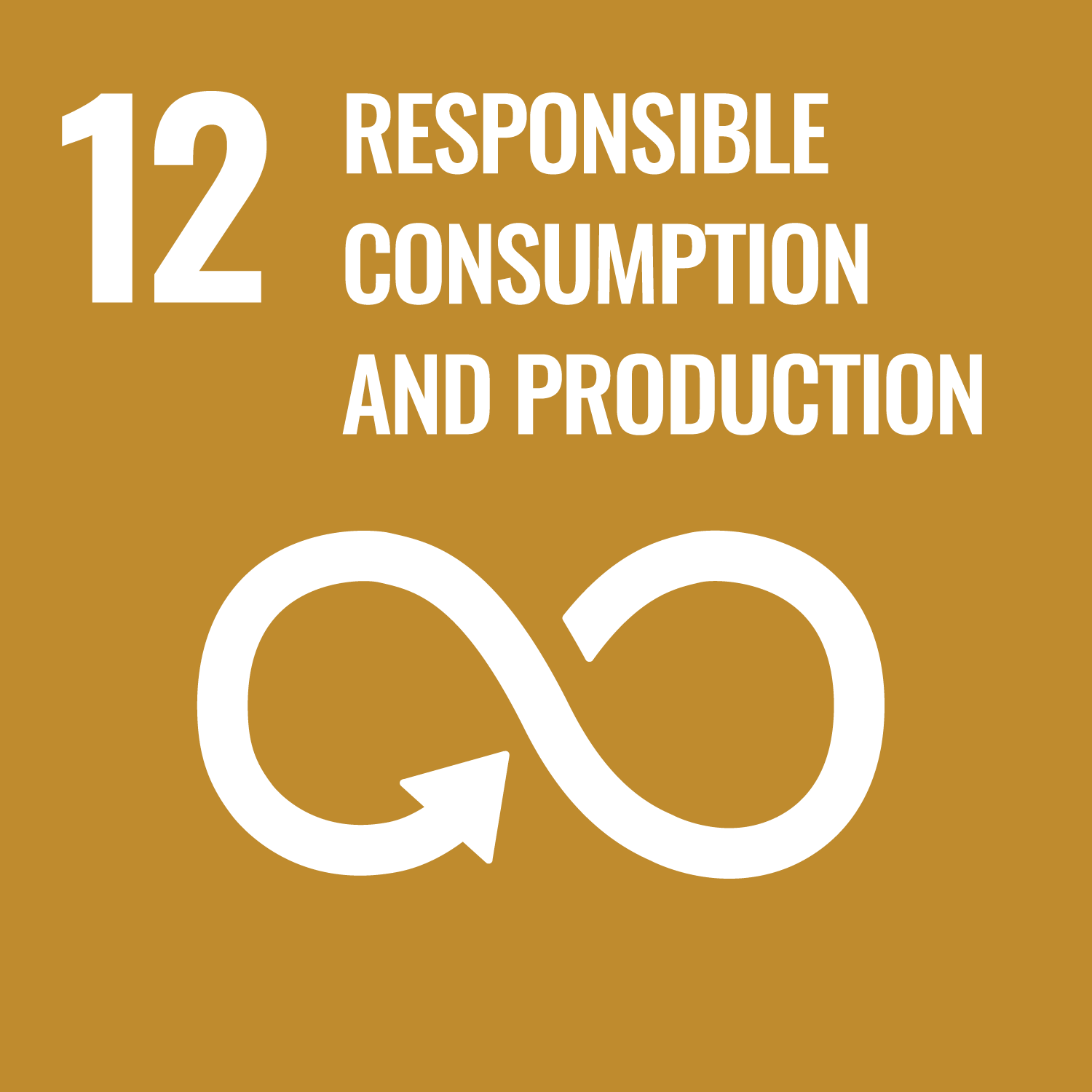LCS-FY2018-PP-04
Geothermal Power (Vol. 5):
Proposal on Reduction of Induced Earthquakes by Hydraulic Fracturing
Summary
Geothermal power generation amounted to only 0.3% of the total power generation in 2015. In order to obtain a firm position among renewable energy, it is necessary to increase the proportion of geothermal power generation further. Hot Dry Rock Power generation is promising to achieve this. One of challenges is to control the induced earthquakes caused by hydraulic fracturing, which is carried out to develop artificial reservoirs in the development of hot dry rock power generation.
The previous LCS report proposal (FY2017-PP-05,January2018) indicated that the maximum magnitude of induced earthquakes increases with decreasing natural fracture density and has a negative proportional relationship with the logarithm of the natural fracture density.
We examined the relation between natural fracture density and earthquake energy for 6 sites (Hijiori, Ogachi, Soultz, Newberry, Basel, and Cooper Basin) where hydraulic fracturing was performed, and we clarified that the total induced earthquake energy is expressed as a function of injection energy and natural fracture density. By comparing the maximum induced earthquake energy with the total induced earthquake energy, we also showed that the spacing distribution of natural fractures affects induced earthquakes.
It is clarified that useful information for designing hot dry rock power generation can be obtained by analyzing induced earthquakes from the viewpoint of energy and that induced earthquakes can be controlled by clarifying the relation with the underground structures.







